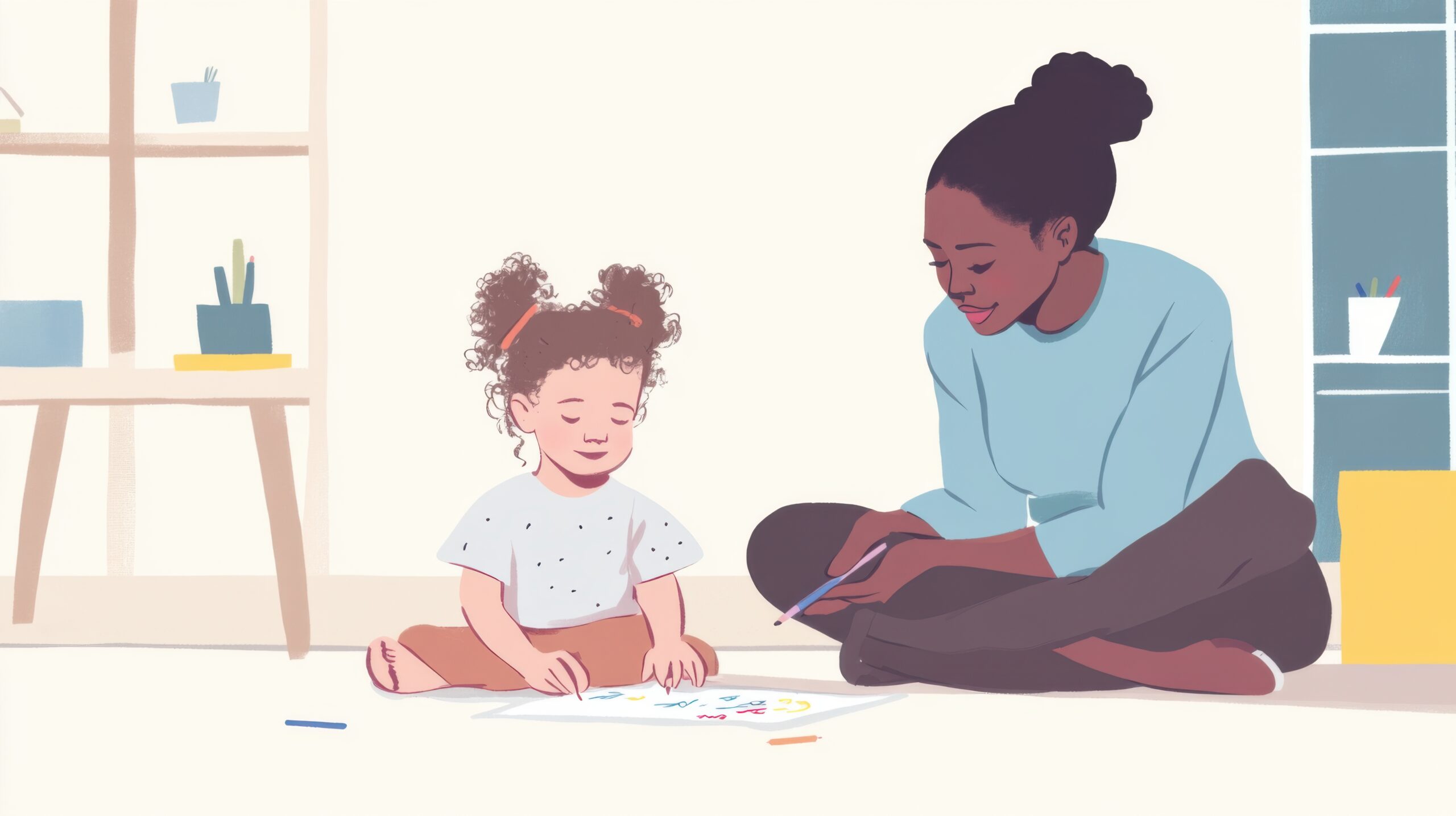It’s Time to Rethink Homework
As both an educator and curriculum developer, I’ve watched students approach homework with everything from silent resignation to outright dread. And while homework is meant to reinforce learning, the reality is that it often creates unnecessary stress without deepening understanding. The question we must ask is this: What is the true purpose of homework? If the goal is to build mastery, then we need to explore creative alternatives that actually work.
In my practice—especially in classrooms that support neurodivergent learners, English language learners, and hospitalized children—I’ve seen firsthand that traditional homework doesn’t meet every child where they are. It’s time we reimagine what homework can look like. When we shift from rote tasks to meaningful, student-centered learning experiences, engagement and retention soar.
The Problem with Traditional Homework
Traditional homework often relies on repetition and volume. Worksheets, textbook exercises, and last-minute assignments are given with the hope that more practice equals better performance. But this approach makes several flawed assumptions: that all students have the same home environment, that they learn at the same pace, and that they find meaning in the tasks assigned.
What I’ve observed is that traditional homework frequently leads to:
- Disengagement: When tasks feel disconnected from real-life application, students lose motivation.
- Equity Gaps: Not all students have access to quiet workspaces, adult help, or even reliable internet.
- Burnout: After a full day of school, piling on more academic work often leads to stress and resentment.
The good news is, when we replace rigid assignments with authentic learning opportunities, we begin to see a transformation—not just in performance, but in attitude and creativity.
Principles of Purposeful Homework
To create meaningful homework alternatives, we need to ground our approach in a few guiding principles:
- Relevance: Assignments should be connected to students’ lives, interests, and current learning goals.
- Choice: Offering options empowers students to take ownership of their learning.
- Reflection: Homework should provide space for metacognition—thinking about how and why they’re learning.
- Creativity: When assignments include visual, artistic, or storytelling components, deeper learning often follows.
- Flexibility: Rigid deadlines and formats often punish rather than support. Flexibility shows trust in students’ capacity to manage their learning.
By designing homework around these principles, we create experiences that reinforce content and build skills like problem-solving, communication, and self-direction.
Creative Homework Alternatives That Work
Over the years, I’ve gathered and developed dozens of alternative assignments that spark engagement while reinforcing key concepts. Here are a few of my favorites:
1. Learning Journals
Rather than a worksheet, students keep a weekly journal where they reflect on what they learned, what challenged them, and where they’d like to grow. Younger students can draw their reflections while older ones write or type.
2. Teach-Back Projects
Students explain a concept they’ve learned to someone at home or via a recorded video. Teaching others is one of the most effective ways to solidify knowledge—and it often boosts confidence, too.
3. Creative Demonstrations
Instead of writing answers on a page, students might:
- Create a comic strip that explains a math process.
- Record a song or rap about a science topic.
- Write a poem from the perspective of a historical figure.
These projects show not just what students know, but how they’ve internalized it.
4. Real-World Challenges
Ask students to apply what they’ve learned to a real-world problem. After a geometry unit, challenge them to redesign their bedroom using scale drawings. After learning about ecosystems, ask them to research local wildlife and suggest a way to protect a species.
5. Passion Projects
Give students time to pursue a topic they love. Whether it’s sports statistics, fashion design, or robotics, students can explore, document, and present their findings. These projects support literacy, research, and presentation skills in an organic way.
Building a Partnership With Families
Homework also affects families. Traditional assignments can create nightly battles, especially for working parents or families with multiple children. When we reimagine homework, we also ease this burden.
Some alternatives that involve families in supportive ways:
- Interview assignments where students learn about a parent’s or grandparent’s experiences.
- Game-based learning—sending home a math board game instead of a worksheet.
- Reading together—encouraging parents and children to read and discuss a story or article.
These activities build connection, not conflict, and reinforce that learning doesn’t stop when school ends—it lives in everyday conversations.
Feedback Over Grades
In a reimagined homework model, feedback matters more than marks. When we provide specific, growth-oriented comments, students are more likely to revise and reflect. A simple “Nice work” doesn’t teach nearly as much as:
“I see how you used dialogue to bring your characters to life—could you add a setting to give the reader more context?”
This kind of dialogue encourages students to keep learning—not just finish the assignment and move on.
Let’s Make Homework Meaningful Again
It’s time to retire the outdated view of homework as a punitive or routine task. Instead, let’s embrace it as an opportunity for curiosity, creativity, and connection. When students are invited to explore ideas in ways that matter to them, they don’t just complete homework—they grow from it.
As educators, we have the power to design learning that meets students where they are and brings them somewhere new. And in doing so, we remind them that school isn’t just about getting the right answers—it’s about finding joy in discovery, even after the final bell rings.
